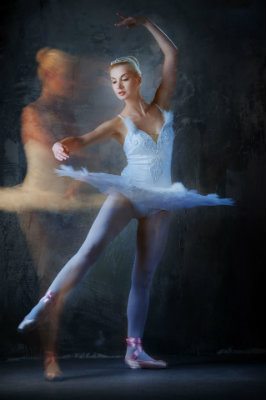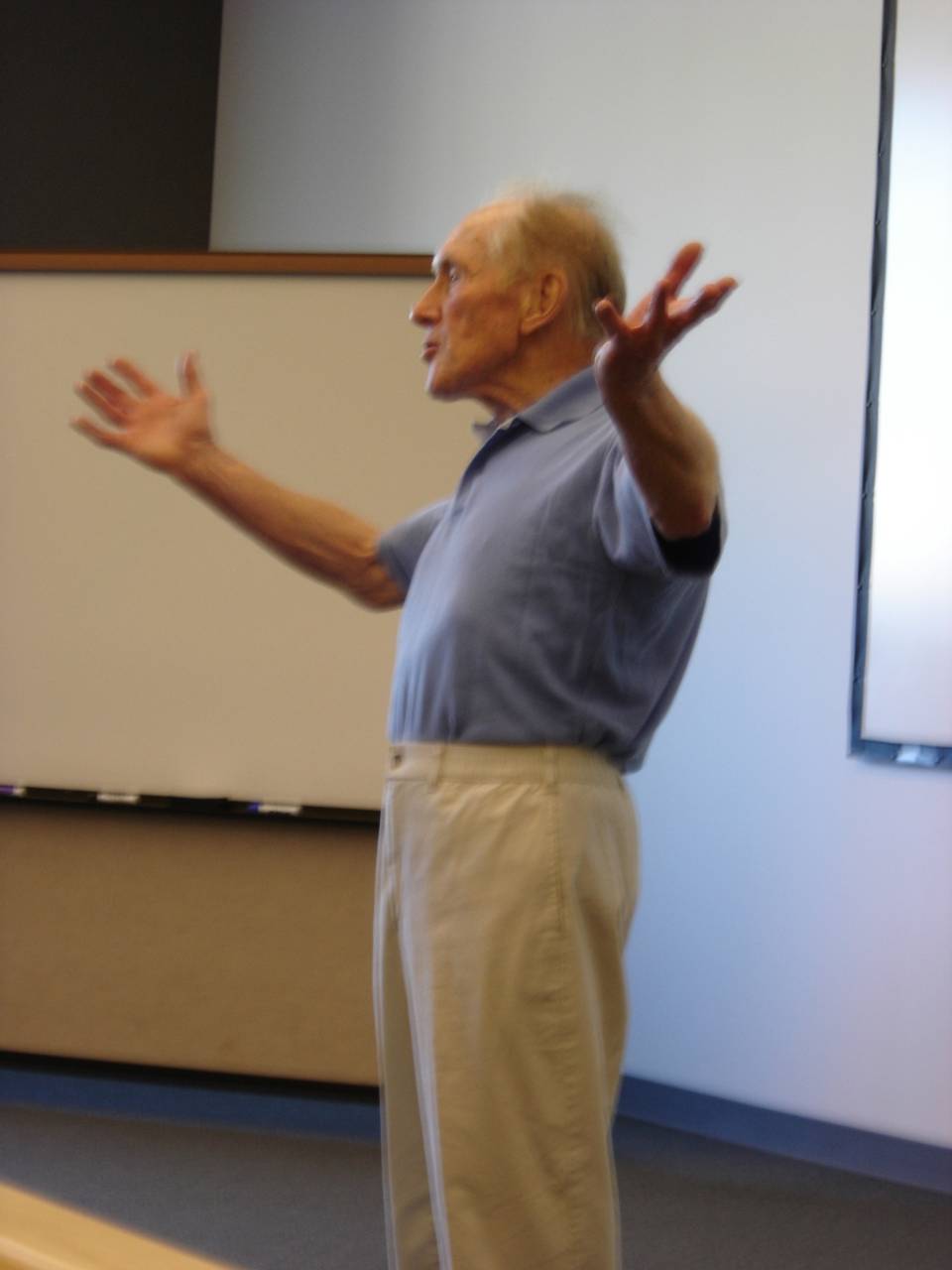According to Rudolf Laban, “The dancer moves, not only from place to place, but also from mood to mood.” His perceptive comment illustrates a point that neuroscientists are beginning to recognize – nothing is purely mental or purely physical. Bodily movements accompany thoughts and feelings; and thoughts and feelings accompany movements.
 In his unpublished papers Laban also observed, “inner becomes outer and outer becomes inner.” That is, movement not only reflects what a person is thinking and feeling, it also affects one’s inner psychological state.
In his unpublished papers Laban also observed, “inner becomes outer and outer becomes inner.” That is, movement not only reflects what a person is thinking and feeling, it also affects one’s inner psychological state.
I experienced the power of movement to induce an altered psychological state when I was first studying effort. During a class on the Spell Drive, I was literally transformed, transported to an inner landscape I seldom visited. This fascinating experience crystallized in a dance called “Fairytale,” which Irmgard Bartenieff described as follows:
“It is a solo but depicts the transformation from one magic figure to another… What is distinctive is the use of Effort as an abstract theme to stimulate images that become integrated into a cohesive tale. It illustrates how the study of Effort can provide a tool – thinking in identifiable movement quality components – that supports and stimulates the intuitive flow of movement themes and development.” (1980, 197)
Isadora Duncan observed that most people are prisoners of their movement habits. Similarly, their mental activities “respond to set formulas”. This repetition of physical and mental movements limits expression “until they become like actors who each night play the same role. With these few stereotyped gestures, their whole lives are passed without once suspecting the world of dance which they are missing.”
No doubt Laban would agree, for his life work was focused on illuminating the world of dance and encouraging people to move. To me, the wonderful aspect of structured movement study, particularly the study of effort, is how it can awaken the individual to new ways of being in the world.
The forthcoming Tetra seminar provides unique opportunities to explore the inner landscape of mood through effort study. Take advantage of the early registration discount by clicking here.
 In the 1940s, Rudolf Laban took his dance theories into the world of work, addressing issues of efficiency, job satisfaction, and reduction of fatigue on the factory floor.
In the 1940s, Rudolf Laban took his dance theories into the world of work, addressing issues of efficiency, job satisfaction, and reduction of fatigue on the factory floor.
 The Wall Street Journal has also been covering the health benefits of walking, notably the walk-and-talk business meeting. According to their September 13th article, “the health benefits are real for people who take walking meetings; their work gets more creative, too.”
The Wall Street Journal has also been covering the health benefits of walking, notably the walk-and-talk business meeting. According to their September 13th article, “the health benefits are real for people who take walking meetings; their work gets more creative, too.” In his unpublished papers Laban also observed, “inner becomes outer and outer becomes inner.” That is, movement not only reflects what a person is thinking and feeling, it also affects one’s inner psychological state.
In his unpublished papers Laban also observed, “inner becomes outer and outer becomes inner.” That is, movement not only reflects what a person is thinking and feeling, it also affects one’s inner psychological state.